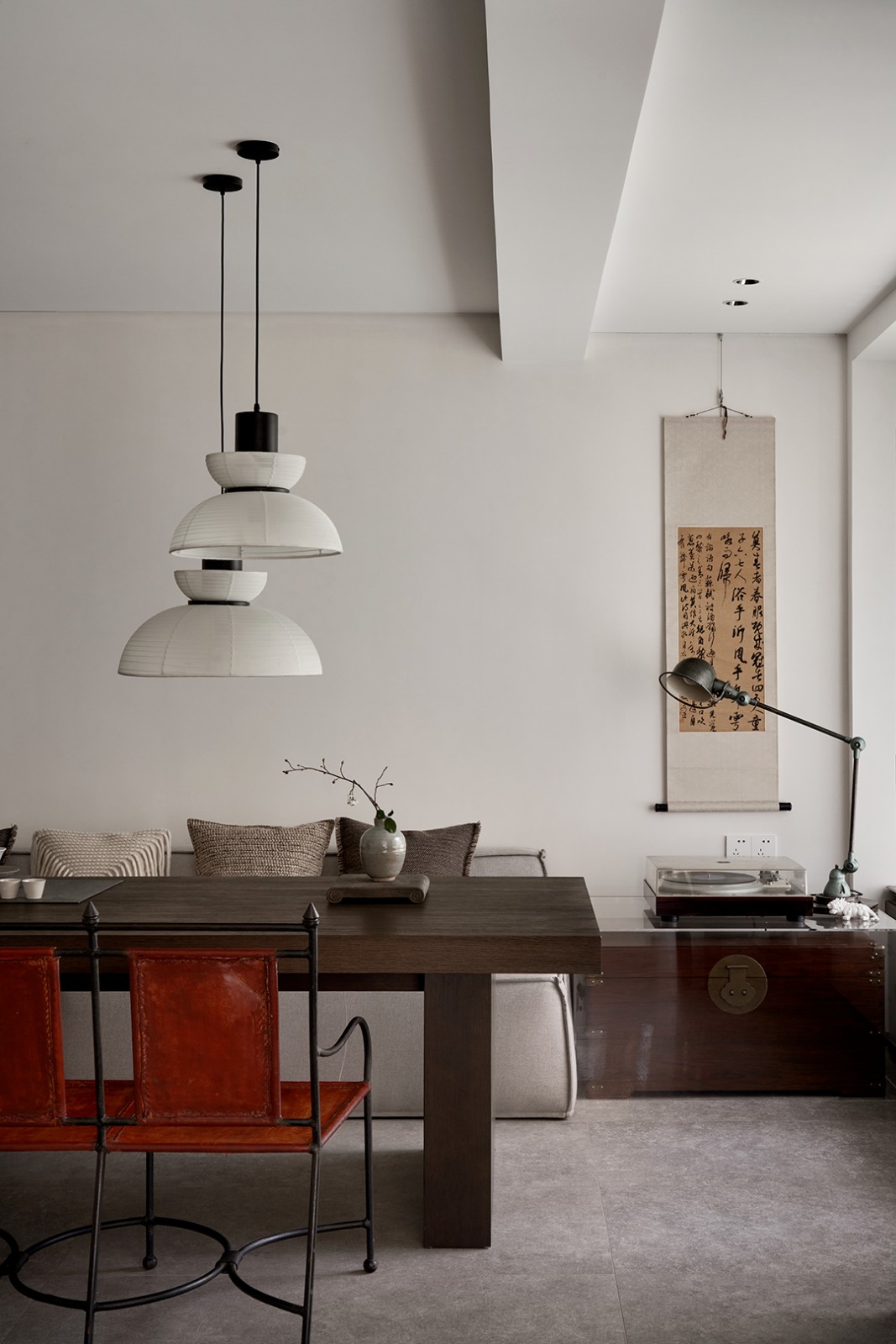Residential Pavilion Abraham John Architects
2016-07-15 22:00
© Alan Abraham
艾伦·亚伯拉罕


架构师提供的文本描述。展馆建在一个现有的地下水箱上,这个水箱指示着建筑物的脚印。玻璃成为建筑的主要材料,因为展馆坐落在茂盛的热带绿色植物之中。玻璃不仅形成了墙壁,而且还形成了屋顶,形成了一个战略性的天窗,通向一棵高大的菠萝树,模糊了内外的界限。
Text description provided by the architects. The Pavilion was built on an existing underground water tank that dictated the foot print of the structure. Glass became the primary material for construction as the Pavilion was sited amidst lush tropical greenery. Glass not only formed the walls but also the roof in the form of a strategically placed skylight opening up to the view of a large jackfruit tree above blurring the boundaries between the inside and the outside.
© Alan Abraham
艾伦·亚伯拉罕




© Alan Abraham
艾伦·亚伯拉罕


结构构件主要是木门框架,作为柱子和支撑屋顶的木萝卜,暴露在室内。现有的石材复合墙形成了展馆的第四边缘,突出了其天然材料的调色板。
The structural members were mainly the wooden door frame acting as columns and wooden rafters supporting the roof that were left exposed to the interior. An existing stone compound wall formed the fourth edge of the Pavilion accentuating its natural material palette.


馆的建筑是结构、空间和物质的简约表达。
The architecture of the Pavilion is a minimalist expression of structure, space and materiality.
© Alan Abraham
艾伦·亚伯拉罕
































Architects Abraham John Architects
Location Mumbai, Maharashtra, India
Category Residential Architecture
Team Abraham John, Alan Abraham, Anca Florescu, Niranjan Fulsundar, Prachi Donde, Neha Gupta
Area 350.0 ft2
Project Year 2015
Photographs Alan Abraham































